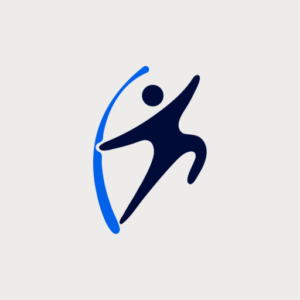Bone spur (also known as “ osteophyte ”) formation on the joints is often a result of arthritis due to aging and one of the most common areas a bone spur develops is under the acromion of the shoulder. Also, those whose jobs or sports require repetitive overhead movement are at risk for this condition. The bone spurs form as the tissue between the shoulder joint deteriorates which causes the bones of the shoulder to begin to rub together.
The tendons that comprise the shoulder and allow it to move in every direction pass through a narrow canal. A bone spur in this area is often problematic and painful because it narrows the space within the shoulder joint and irritates the rotator cuff tendons. When pinched by a bone spur, the rotator cuff tendons become frayed and irritated which can result in pain, loss of mobility and muscle spasms.
Typically, there are three ways to treat this condition:
- Activity modification—specifically related to overhead movements—helps relieve symptoms. Over time, patients learn what movements trigger symptoms and are then able to modify activity to avoid those movements. While these activities are being avoided, the tendons and ligaments of the shoulder can become less irritated and potentially heal the condition.
- Non–surgical treatments can effectively treat patients with mild symptoms. Common treatments include physical therapy, anti-inflammatory medications and therapeutic steroid injections.
- Surgical treatments are necessary when non-surgical options fail to provide relief. Surgery involves the use of arthroscopic instruments to trim or remove the bone spur and open the joint space. If the rotator cuff tendons are torn, they may also be repaired during the same procedure. In almost all cases, patients are able to return home the same day as their procedure and recovery takes only a few short weeks.
What to do if you think you have this condition?
The first step is consulting an Orthopedic Surgeon so that they can perform detailed physical exam to determine which areas of the shoulder is affected by the bone spur. Typically, an X-Ray or MRI will show exactly where the bone spur is located. Based on the location or severity of the injury, the Orthopedic Surgeon can create a treatment plan based on your individual goals and lifestyle.
The physicians at Total Orthopedics and Sports Medicine focus on both the surgical and non-surgical treatment of bone and joint injuries and are one of the most innovative orthopedic practices in the area. Dr. Charles Ruotolo, President of Total Orthopedics and Sports Medicine, has published several peer-reviewed studies on orthopedic care and orthopedic surgery.
Fortunately, many patients can be treated non-surgically with a combination of conservative modalities coordinated by the Total Orthopedics and Sports Medicine Team. If surgery is necessary, the practice uses a multidisciplinary approach to create a treatment plan that focuses on the patient’s lifestyle and activities and helps them get back to those activities quickly and effectively. Total Orthopedics and Sports Medicine has locations throughout Long Island and Manhattan.







 Website Design by
Website Design by